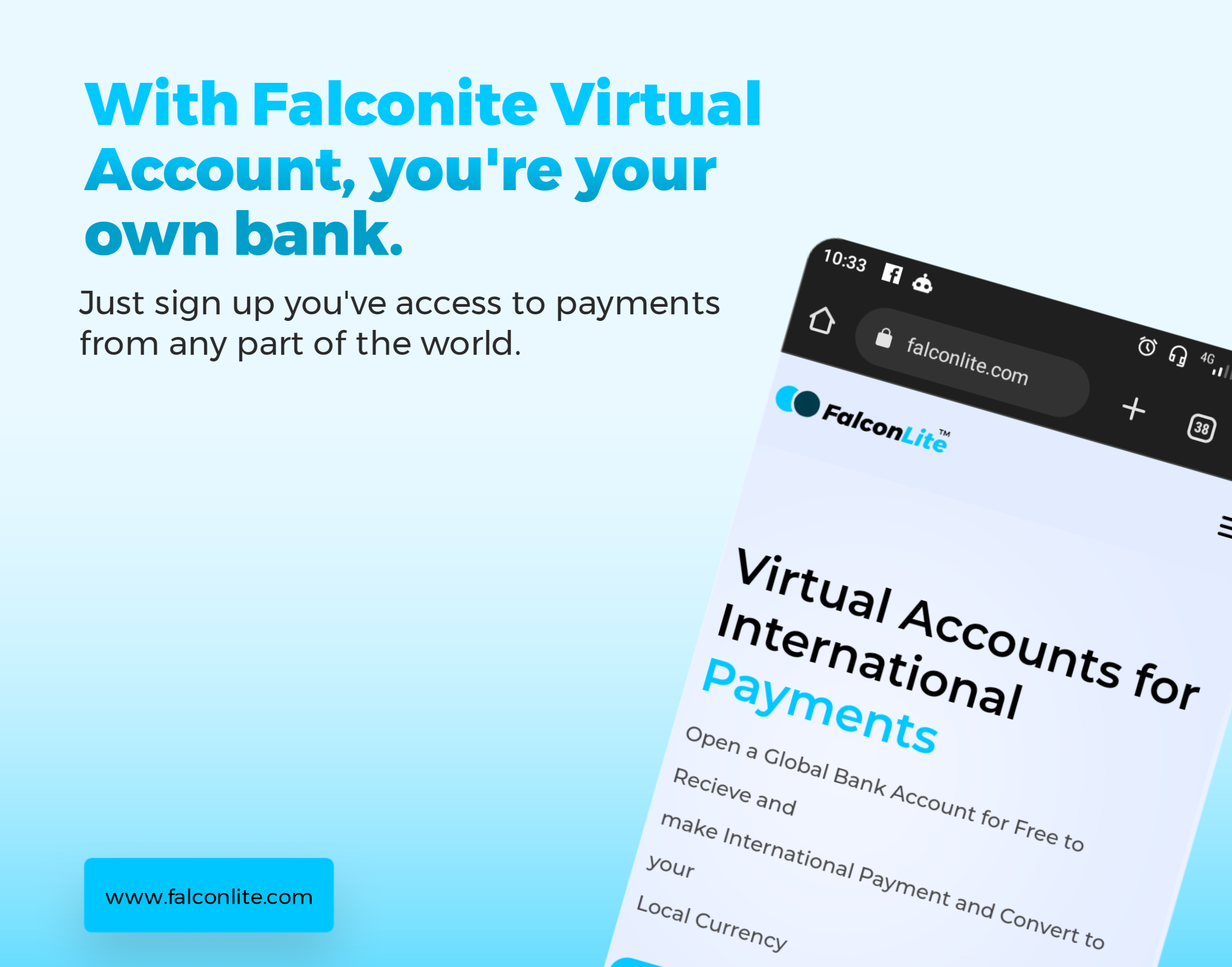As the world of finance becomes increasingly digital, more people are looking for options for traditional banking. One popular choice is the virtual account, which offers the convenience of managing funds online without the need to visit physical bank branches. But how does a virtual account differ from a traditional bank account? Both serve the purpose of storing and managing money, however, they differ in terms of accessibility, fees, and functionality. Let’s break down the difference between virtual accounts and traditional bank accounts to help you decide which option best suits your needs.
The Difference Between Virtual Account and Traditional Bank Account
- Accessibility and Convenience:
Who loves inconveniences? Not me! Virtual accounts offer remarkable accessibility and convenience. Users can manage their accounts anytime, anywhere, through an online platform or mobile app. On the other hand, traditional bank accounts may require visits to physical branches during limited operating hours, which can be inconvenient, especially for those with busy schedules or who live in remote areas.
- International Transactions:
When it comes to international transactions, virtual accounts often have the upper hand. They generally offer competitive exchange rates and lower fees compared to traditional banks. Additionally, virtual accounts are designed to seamlessly handle transactions in multiple currencies, making them ideal for businesses or individuals with global operations.
- Speed of Transactions:
Virtual accounts are known for their speedy transaction processing. Payments and transfers can be completed in a matter of minutes, allowing for greater flexibility and dexterity in managing finances. Traditional bank accounts, on the other hand, may have longer processing times, especially for international transfers, which can result in delays, wasted time and inconvenience.
- Security and Fraud Protection:
Both virtual accounts and traditional bank accounts prioritize security and fraud protection. However, virtual accounts like Falconllite often employ refined security measures, such as multi-factor authentication and real-time transaction monitoring, to safeguard against unauthorized access and fraudulent activities. Traditional banks also implement security measures but may be more susceptible to certain types of fraud, such as check fraud or identity theft.
- Customer Support:
Virtual account providers typically offer rich customer support services, including online chat, email support, and comprehensive FAQs. Users can quickly get assistance with any questions or issues they may have. While traditional banks also provide customer support, the quality and responsiveness of service may differ depending on the institution and location.

What are the pros and cons of traditional banking
Pros of Traditional Banking:
- Physical Presence: Traditional banks typically have physical branches, providing face-to-face interactions with bankers, which means that users must be present physically to access its service and support.
- Trust and Familiarity: Many people feel more comfortable with traditional banks due to their longstanding presence in communities and established reputations.
- Wide Range of Services: Traditional banks offer a comprehensive range of financial products and services, including checking and savings accounts, loans, mortgages, and investment options.
- Security: Traditional banks are seen as more secure due to stringent regulations and deposit insurance programs that protect customers’ funds.
- Access to Physical Assets: Traditional banks offer safe deposit boxes and physical cash withdrawals, over the counter and at the ATMs providing tangible access to financial assets.
Cons of Traditional Banking:
- Limited Accessibility: Traditional banks operate within set hours and physical locations, making it inconvenient for some customers, especially those with busy work schedules or living in remote areas.
- Higher Fees: Traditional banks may charge higher fees for various services, such as overdrafts, ATM withdrawals, ATM maintenance fees and monthly account maintenance, compared to online banks or fintech alternatives.
- Slow Transaction Processing: Transactions with traditional banks can be slower, especially for international transfers, due to manual processing, and sometimes slow network and intermediary banks involved in the process.
- Less Innovation: Traditional banks may lag in adopting new technologies and innovations, resulting in outdated online banking platforms and limited digital services.
- Stringent Requirements: Traditional banks often have tough eligibility criteria for opening accounts and obtaining loans, which may exclude certain individuals or small businesses with less-than-perfect credit histories.
How to Create a Virtual Account in Nigeria: It’s Features and Benefits
Advantages and Disadvantages of Virtual Account
Advantages of Virtual Banking:
- 24/7 Accessibility: Virtual banks are easy to access anytime, anywhere, through online platforms and mobile apps, providing convenience and flexibility for customers to manage their finances.
- Lower Fees: Virtual banks normally have lower overhead costs compared to traditional banks, allowing them to offer competitive interest rates, minimal fees, and attractive rewards programs.
- Faster Transactions: Virtual banks leverage technology for faster transaction processing, including instant transfers and real-time account updates, enhancing efficiency and reducing wait times.
- Innovative Features: Virtual banks often offer innovative features and tools, such as budgeting apps, automated savings programs, and personalized financial insights, to help customers better manage their money.
- Global Accessibility: Virtual banks are not bound by physical locations, making them accessible to customers worldwide, particularly beneficial for individuals and businesses with international operations or travel.
Disadvantages of Virtual Banking:
- Limited Physical Presence: Virtual banks lack physical branches, limiting face-to-face interactions and access to in-person banking services, which may be a drawback for customers who love personalized assistance.
- Security Concerns: While virtual banks employ developed security measures, such as encryption and multi-factor authentication, some customers often express concerns about the safety of online transactions and data privacy.
- Dependence on Technology: Virtual banking depends heavily on technology, making customers helpless to disruptions in service due to system outages, cyberattacks, or technical glitches.
- Customer Support Limitations: Virtual banks may offer limited customer support options compared to traditional banks, such as email or chat support, which may not be as responsive or comprehensive as in-person assistance.
- Limited Product Offerings: Some virtual banks may offer a more limited range of financial products and services compared to traditional banks, potentially limiting options for customers seeking specialized banking solutions or bundled packages.
Conclusion
Your choice of which account to operate depends on your purpose for using them. The post gave an in-depth explanation of both accounts and how they differ. So if you are tired of high fees, limited access and long queues, then it’s time to discover the future of banking with virtual accounts. But if you don’t mind the queues and love to physically carry out transactions, then traditional bank accounts would be your choice. Here is a brief recap of the features of each of them:
Virtual Accounts:
- Save Money: Enjoy lower fees and overcome the hassle of hidden charges.
- Bank on the Go: Manage your finances anytime, anywhere, from the comfort of your smartphone.
- Stay Secure: Experience strong security measures, often featuring real-time transaction monitoring for peace of mind.
Traditional Bank Accounts:
- Face-to-Face Service: Interact with bank representatives in person for personalized assistance.
- One-Stop Shop: Access a wider range of financial products and services under one roof.
- Cash Convenience: Easily deposit cash and checks through branches and ATMs.
Are you ready to unlock a world of convenience and seamless transactions? Then it’s your cue to join Falconlite!
Sign up for our virtual dollar card and experience a seamless, secure, and cost-effective way to manage your finances.

